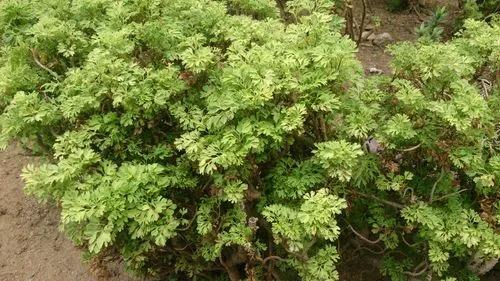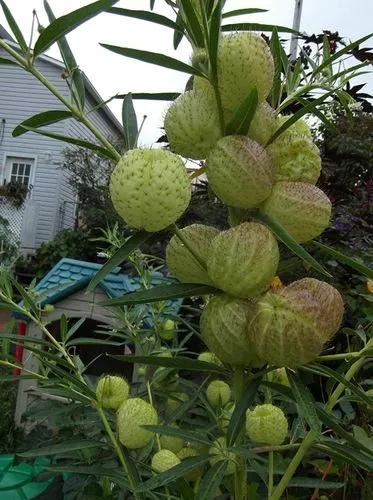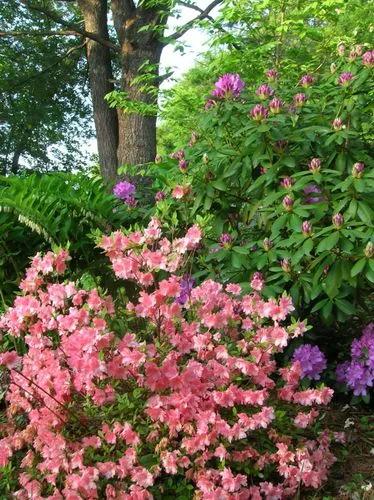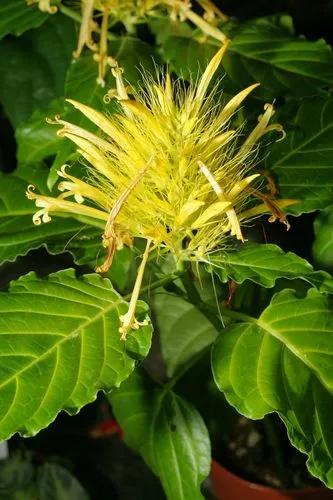According to Victorian box information, the tree is an evergreen ornamental that thrives in U.S. Department of Agriculture plant hardiness zones 9 through 10. It shares the same genus as the more familiar pittosporum shrubs. The Victorian box tree usually grows with a single trunk and can reach 40 feet (12 m.) tall and wide. It is a quick-growing tree, shooting up to a yard (.9 m.) each year. The leaves of this tree are evergreen and do not change color during the year. They are long and lance shaped, colored a shiny green. They give the tree a tropical look. The ornamental features of this tree are the fragrant blossoms and colorful fruit. White frothy flowers appear in spring and, in warmer climates, throughout the year. These are followed by bright orange or yellow seed pods that look like berries.
Australian Cheesewood Care
Pittosporum Undulatum



How to Care for the Plant

Water

Keep the soil slightly moist. From the spring and all summer long, water abundantly but wait for the topsoil to dry out between watering spells, especially if you’re growing pittosporum in a pot.

Pruning

30

Fertilizer

Feed the plant with a balanced slow-release fertilizer in spring. Follow label directions for dosage rates to avoid over-fertilization.

Sunlight

Pittosporums are fundamentally outdoor plants but can also be grown at home in the partial sun. Plant Pittosporum outside near a sheltered position so that it is not subjected to warm and cold currents or wind.

Soil

Soil should be well-drained, loamy, and slightly acidic to neutral in nature.

Temperature

Established plants are hardy to at least 18° F.

Additional

this plant contains saponins. Saponins are found in many foods, such as some beans, and although they are fairly toxic to people they are poorly absorbed by the body and most pass straight through without any problem. They are also broken down if the food is thoroughly cooked for a long time. Saponins are much more toxic to some creatures, such as fish, and hunting tribes have traditionally put large quantities of them in streams, lakes etc in order to stupefy or kill the fish

Popularity

612 people already have this plant 105 people have added this plant to their wishlists
Discover more plants with the list below
Popular articles






